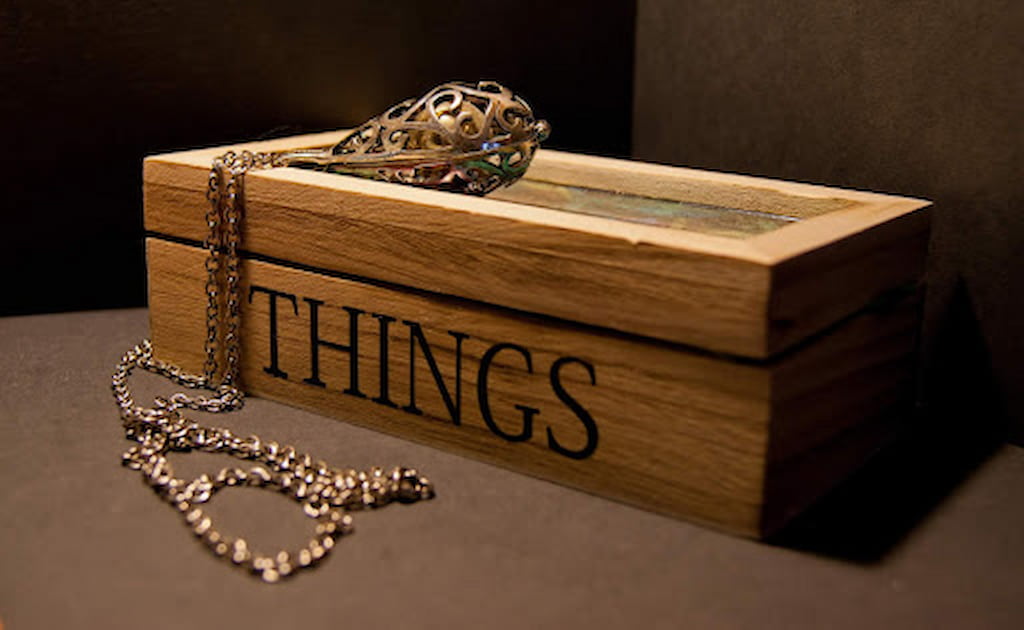Protect Your Jewelry: Easy Tips to Keep Your Treasures Safe

Jewellery regularly holds not just significant financial value but also an unusual sentimental value. It is about the safety and longevity of your valuables, on the one hand, and their proper care and maintenance. Here is a detailed and user-friendly guide to help you keep your jewellery safe and fully available. Taking Care of Your […]
Famous Stolen Art: Stories of Paintings that Disappeared!

Most of the famous stolen paintings in the art world have been subjected to several high-profile thefts typically cloaked in mystery and intrigue. These unfortunate events deprived us of important works of art and influenced the inquiry into the arts. This blog post looks into several incidents, covering the tales of the stolen arts and […]
Understanding the organizational Impact of White Collar Crime

White-collar crime – it’s a term that conjures images of corporate scandals, financial misconduct, and unethical behavior. But beyond the headlines and sensational stories lies a deeper truth: the far-reaching impact of white-collar crime on organizations and the individuals within them. In this article, we’ll delve into the intricate web of consequences stemming from white-collar […]
Understanding the Motivations behind Financial Misconduct

Hey there, fellow financial sleuths! Today, we’re embarking on a journey into the shadowy realm of financial misconduct. From embezzlement schemes to accounting fraud, the corporate world has seen its fair share of unethical behavior. But what drives individuals to engage in such nefarious activities? Join us as we peel back the layers and uncover […]
The Role of Whistleblowing in Exposing White Collar Crime

In the world of white-collar crime, where deception lurks behind polished facades and corruption hides in plain sight, whistleblowing serves as a powerful beacon of truth. From corporate fraud and insider trading to accounting irregularities and regulatory violations, the role of whistleblowers in exposing wrongdoing cannot be overstated. In this article, we’ll delve into the […]
Preventing Financial Fraud: Strategies for Individuals and Businesses

Financial fraud – two words that strike fear into the hearts of individuals and businesses alike. In today’s world, where digital transactions and complex financial systems reign supreme, the risk of falling victim to fraudulent activities is higher than ever. From identity theft and credit card fraud to elaborate Ponzi schemes and insider trading, the […]
Exploring the Intersection of Technology and White Collar Offenses

In the ever-evolving landscape of white-collar crime, technology has emerged as both a powerful tool and a double-edged sword. From cyber attacks and data breaches to insider trading and money laundering, the intersection of technology and white-collar offenses presents a complex and multifaceted challenge. In this blog post, we’ll delve into the intricate web of […]
Restoring a Sense of Justice After a Crime
In the wake of personal crimes such as assaults, muggings, sexual assaults, and other violations, victims often grapple with the slow pace of justice. If law enforcement is unable to identify the assailant in the first couple of days after the incident, it can result in serious delays or even unresolved cases. This is where […]
The Essential Guide To Locating Heirs In Times Of Need
Locating an Heir in Your Time of Need In the wake of a loved one’s passing, the process of estate settlement often necessitates the search for heirs, a task that can prove both intricate and emotionally draining. This necessity arises not only from the desire to fulfill the deceased’s last wishes but also from legal […]
The Power of Private Investigators in Asset Recovery
In the complex landscape of crime and theft, the limitations of law enforcement often leave victims of property crimes in a challenging position. With police departments stretched thin and prioritizing violent crimes, the nuanced and time-consuming work of asset recovery frequently falls by the wayside. This gap in the justice system is often filled by […]